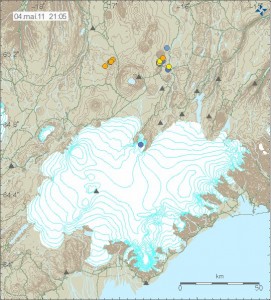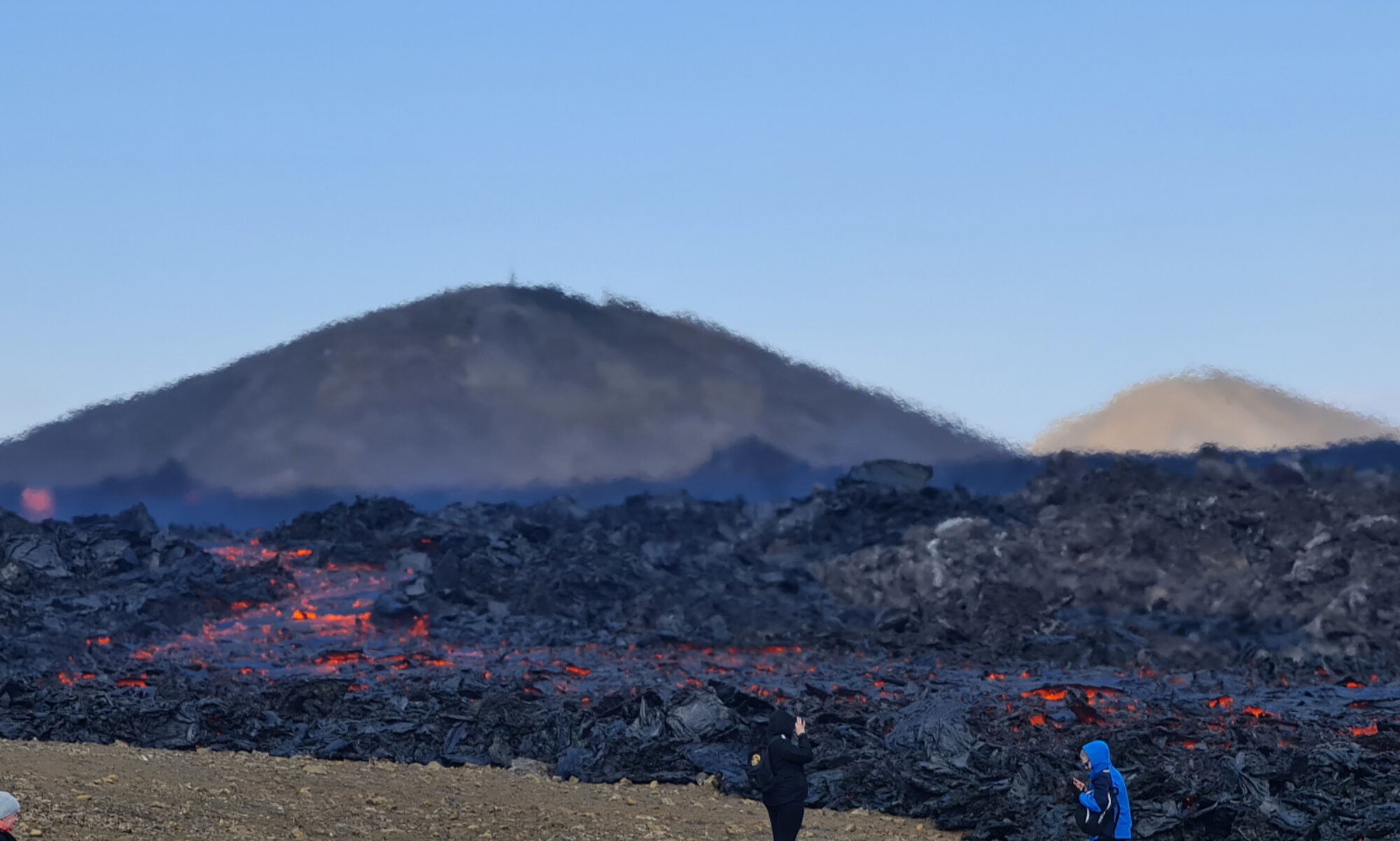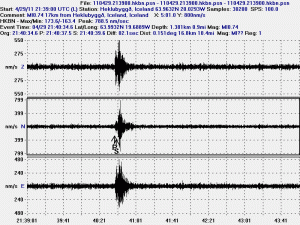The earthquake activity in Askja volcano continues to evolve at rather fast phase. A lot faster phase then I did originally expect. Far as I can tell from the Icelandic Met Office SIL data (tremor plots). The earthquakes that are now taking place in north Askja volcano appear to be mostly magma related earthquakes. The strongest earthquake so far did happen today and had the size ML2.5 with the depth of 0.1 km. The deepest earthquake so far took also place today and had the depth of 19,6 km. It had the size ML1.4.
However earthquakes with the depth of 22 km has been recorded close to Herðubreiðartögl. Few days ago a tornillo earthquakes (most likely the case now. But yet unconfirmed from my point of view) started too appear in Askja volcano. But that means that magma is on the move in Askja volcano. Currently this might also be the case with the earthquake activity east of Askja volcano. But at this moment it is a bit more unclear what the activity east of Askja volcano means. But it is also possible that magma is also pushing east from Askja volcano. But so far earthquake activity east of Askja volcano has been different then from the earthquake activity north of Askja volcano. But it has not been focuesed on a single spot like the earthquake activity in north part of Askja volcano system.
It is unclear at this moment how this is going to evolve in the long term. But no reports of increased hydrothermal activity have so far appeared in the news. Currently the activity is rather low, so a eruption is not yet imminent in Askja volcano. But that might change without any warning at all at any time.

Current Askja volcano earthquake activity. Click on this picture for full resolution. Picture is from Icelandic Met Office web site. Copyright of this picture belongs too them.
Due to distance. I do not record any small earthquakes from Askja volcano. But they need to be larger then ML3.0 to appear on my geophone network.

